
In the rapidly advancing landscape of smart technology, automated gate systems have emerged as a cornerstone of modern security and convenience. These systems, often seen in residential, commercial, and industrial settings, seamlessly blend cutting-edge technology with practical applications. Let us explore how these gate systems work and the myriad benefits they bring to the table.
The Basics
At its core, an automated gate system is designed to control access to a specific area, enhancing security and convenience. The system typically comprises three main components: the gate itself, an operator (or motor), and a control mechanism.
-
Gate Mechanism
The gate serves as the physical barrier, and its design can vary widely based on the specific requirements of the installation. Gates can range from traditional swing or sliding gates to more advanced bi-folding or telescopic options. The choice often depends on factors like available space, aesthetics, and security needs.
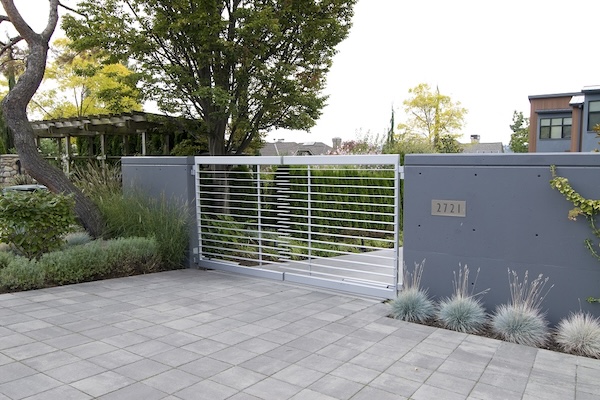
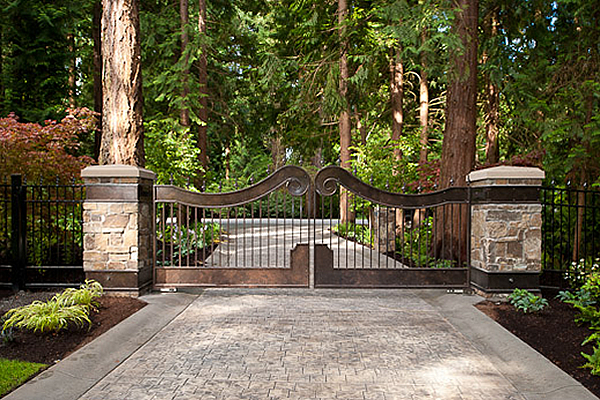

-
Gate Operator Or Motor
The gate operator, commonly an electric motor, is the powerhouse behind the gate’s movement. This component is responsible for opening and closing the gate based on commands received from the control system. Electric motors used in automated gate systems are durable, efficient, and can be customized to suit different gate types (swing or sliding), gate sizes, and gate weights.
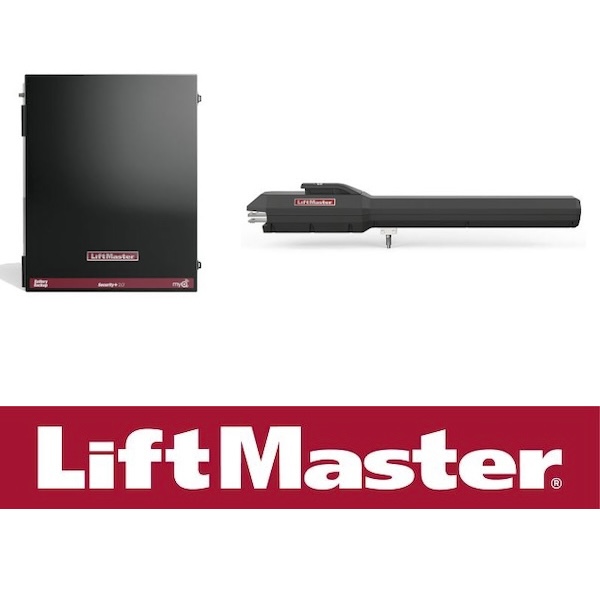
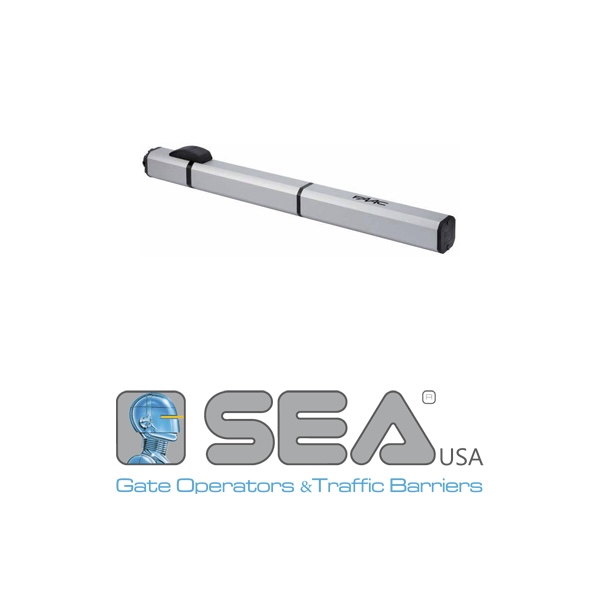
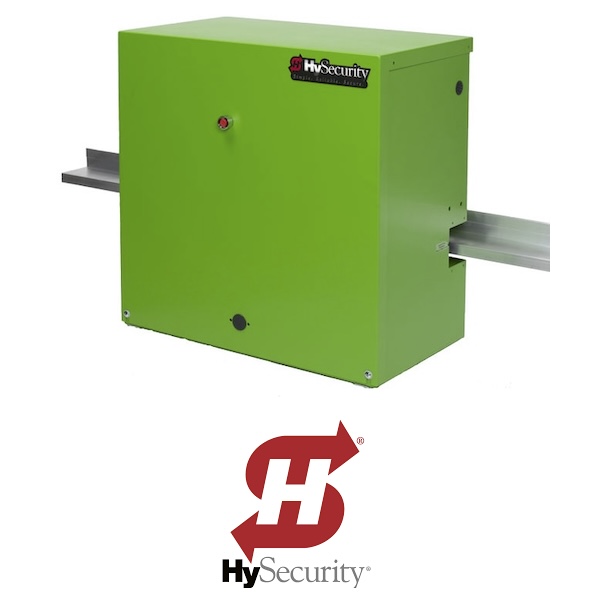
-
Gate Control Mechanism
The gate control mechanism acts as the brain of the automated gate system. It receives signals from various input devices and processes them to determine when and how the gate should operate. This can include remote controls, keypads, proximity cards, intercoms, or even advanced biometric systems for enhanced security.
How Automated Gate Systems Work
User Input
The process begins when a user initiates a command, typically through a remote control or another authorized device.
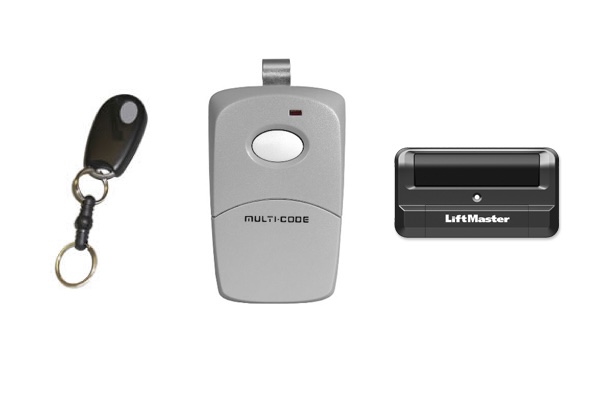
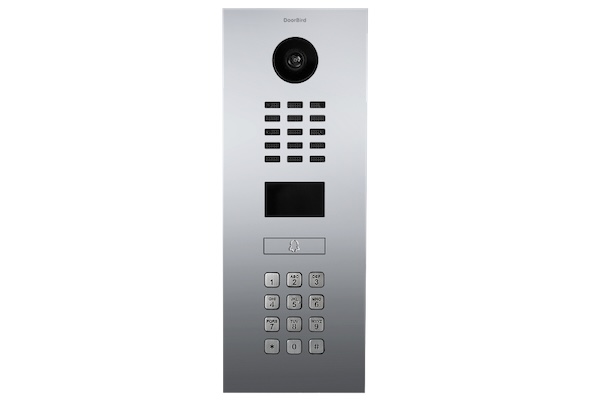
Signal Reception
The control mechanism receives the signal and processes the command, verifying the user’s authorization.
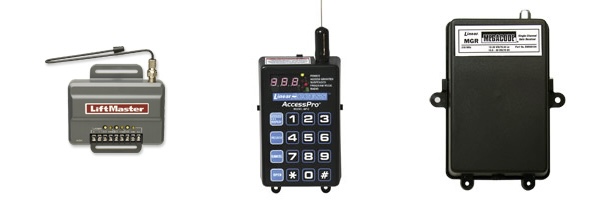
Motor Activation
Once authorized, the control system triggers the electric motor to operate the gate, either opening or closing it.
Safety Features
Automated gate systems often incorporate safety features, such as obstacle detection sensors, to prevent accidents or damage during operation.
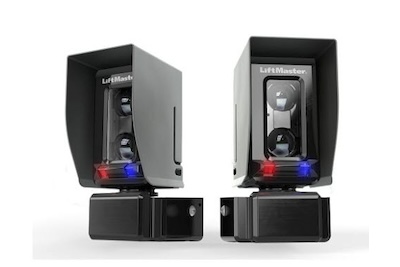
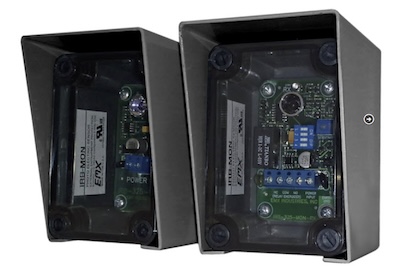
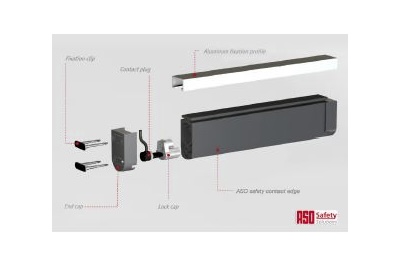
Closure and Locking
After completing the requested action, the gate securely closes and locks, ensuring the controlled access point is safeguarded.
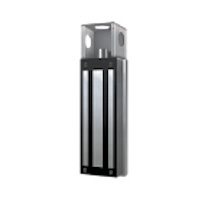
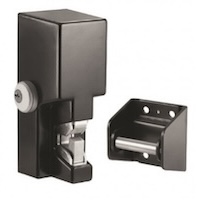
Benefits of Automated Gate Systems
Enhanced Security
Automated gate systems provide a robust barrier against unauthorized access, bolstering the security of residential, community, and commercial properties.
Convenience
Users can control gate operations from the comfort of their vehicles or homes, adding a layer of convenience to daily routines.
Customization
These systems are tailored to specific needs, accommodating different gate types, sizes, and access control methods.
Increased Property Value
The inclusion of automated gate systems can enhance the overall value and curb appeal of a property.
Integration with Smart Technology
Many automated gate systems can be integrated into smart home or building systems, allowing for seamless connectivity and control.
Deep Dive Conclusion
Automated gate systems represent a blend of sophisticated technology and practical security solutions. As driveway gate systems evolve, you can look forward to more innovative features that further redefine how you can control access to your living and working spaces. Using these advance will enhance your property’s security, you will enjoy greater convenience and safety.
The future is now. Call Automated Gates & Equipment today at (206) 767-9080 or email sales@aegates.com to speak with a custom automated gate specialist. Get the convenience and safety you need today!
Citations
- AEGates – Residential Driveway Gates
- AEGates – Community Entry Gates
- AEGates – Commercial Access Control Systems.
